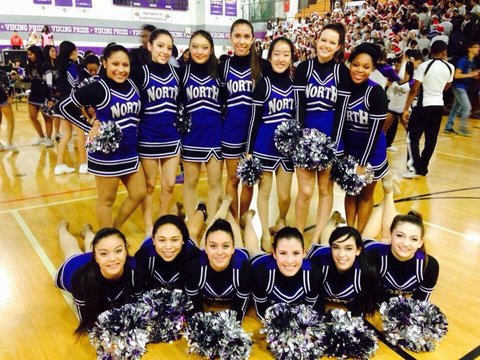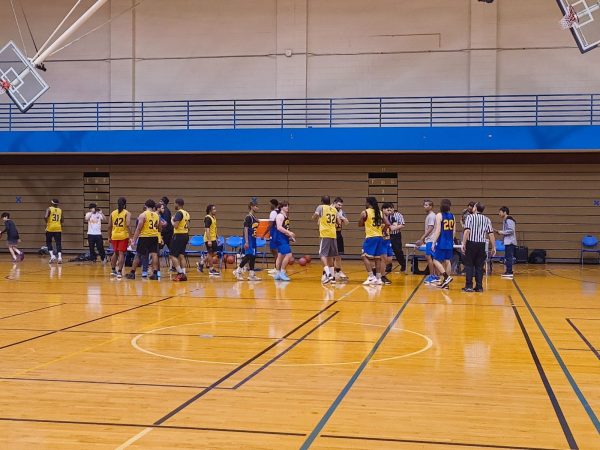Pom Pom: Spirit Group or Sport?

According to the Journal of Physical Activity and Health, in 2007 there were 8,477 dance injuries treated in U.S. emergency rooms. The average number of annual football injuries over the past six years, as recorded by the NCAA, is about 6,900.
However, the NCAA has no record of recent dance injuries because dance is not an NCAA sport. Typically sports are defined as “an activity involving physical exertion and skill in which an individual or team competes against another or others for entertainment.” So, is dance a sport? Well, as stated by The International Association for Dance Medicine and Science (Association), “Dance calls upon all aspects of fitness … in a well-rounded dance training program, it is necessary to consider all the components of fitness.”
The Association then goes on to list some of those necessary components including, aerobic fitness, muscle endurance, strength, and flexibility. However, it is not typically the fact that dance involves physical exertion that is disputed.
Though Northeastern itself has the Golden Eagle dance team, I looked to a former member of my own high school dance team to provide me with some insight. Jenny Steffens, junior at Drake University, is a leading member of all three university dance teams. With the options of poms, jazz, and performance you can be on one or all three. Each team respectively meets once a week for an intense two hour practice and individually each dancer is expected to workout at least twice a week as well as keep track of the different types of workouts they do. According to Steffens in competitive collegiate dance “there aren’t as many rules (as in high school) … so knee drops, flips, and are all fair game. The routines are also a lot harder and let me tell you my legs have done things this past season I would have never dreamed possible.”
When asked why she believes dance is a sport her answer was simple, “Because it’s always a challenge on your body. You come out of practice sore and bruised, with blisters and scrapes, but you always come out smiling.”
So why is it that dance never seems to get the recognition it deserves?
Although the Drake dance teams continually perform well at competitions and represent their school’s basketball and football teams with pride, they do not even receive funding because the state does not recognize dance as a sport and they’re not the only ones. UIC also has one of the highest achieving dance teams , dedicating 15-20 hours a week to practice and most recently placing fourth in the hip hop category at the National Dance Association’s Competition. Both of these schools have teams that are member run and UIC relies heavily on donations for funding while the girls at Drake pay for all their costumes out of pocket.
As far as facilities go, there is no specific facility dedicated to the dance team at UIC or at Drake. The dance team members aren’t allowed access to the division one workout rooms. In fact, the UIC dance team isn’t even listed under the sports tab on the UIC Athletic page; it’s considered a Spirit Group.
In the end, it is clear that dance is very often not taken seriously as a sport despite the talent and dedication it takes to become an accomplished dancer. Dance is an art form that is meant to appear effortless, but is anything but. Although it is commonly viewed as a “just for fun sport” that involves more glitter than it does effort, dance should very much be considered a sport.
Not only does it involve all the things that typically define a sport, but it also creates the same tight bonds that make joining a team so appealing. On top of it all, dance helps to create a sense of confidence that can carry over into all aspects of life. It is a pursuit that should be admired and nurtured rather than degraded and neglected as it so often is.
Your donation will support the student journalists of Northeastern Illinois University's The Independent, either in writers' payment, additional supplies and other items of note. Your contribution will allow us to purchase additional equipment for writers/photographers/illustrators and cover our annual website hosting costs.
Silvia Burian











